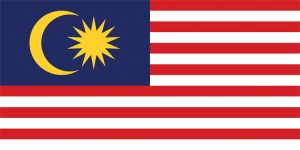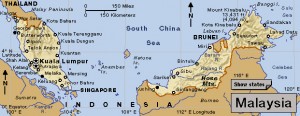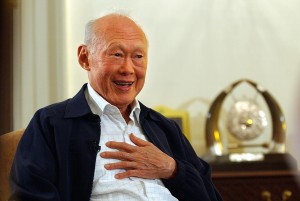Language Monday: Malay
Monday, June 18th, 2018June 18, 2018
Malay is the language of a large group of people in Southeast Asia. The language is spoken by about 13.5 million in Malaysia, plus millions of other people who live in nearby Brunei, Indonesia, and Singapore. Malay belongs to the Malayo-Polynesian branch of Austronesian, a language family that includes Javanese, Sundanese, and Tagalog.
The Malay language has numerous dialects. The official language of Malaysia, Bahasa Malaysia, is based largely on the Malay dialect of Johor, a southern state in Peninsular Malaysia. The official language of Indonesia, Bahasa Indonesia, is based on the dialect used in the Riau Islands of Indonesia. Because of the similarities between the language used in Johor and in the nearby Riau Islands, the two forms are sometimes classified together as Johor-Riau Malay. Other dialects include Ambon Malay, Ternate Malay, and Banjar Malay. In most cases, speakers of different dialects can communicate with each other without great difficulty.
The Malay language includes elements of Sanskrit and Arabic. These elements entered the language through contact with the culture and religions of India and the Arab world. Contact with traders from many countries led to the development of Bazaar Malay, which became widely spoken in trading communities.
The oldest known Malay text is a stone inscription from the early years of the Srivijaya Empire, a Malay kingdom that emerged in the late 600′s and lasted until the late 1300′s. The text is written in the Indian Pallava script, and it tells of military expeditions. Later Malay texts were written in Devanagari, an alphabet and script used to write Hindi. Beginning in the late 1300′s, many Malay literary and religious works were written in an Arabic-based script called Jawi or Classical Malay. Beginning in the 1500′s, Dutch and British influence in Malaysia led to the adoption of a Malay writing system using the Roman alphabet.
In the 1970’s, Indonesia and Malaysia adopted a common spelling system for their official languages. Since then, efforts have continued to further standardize the Malay language.





